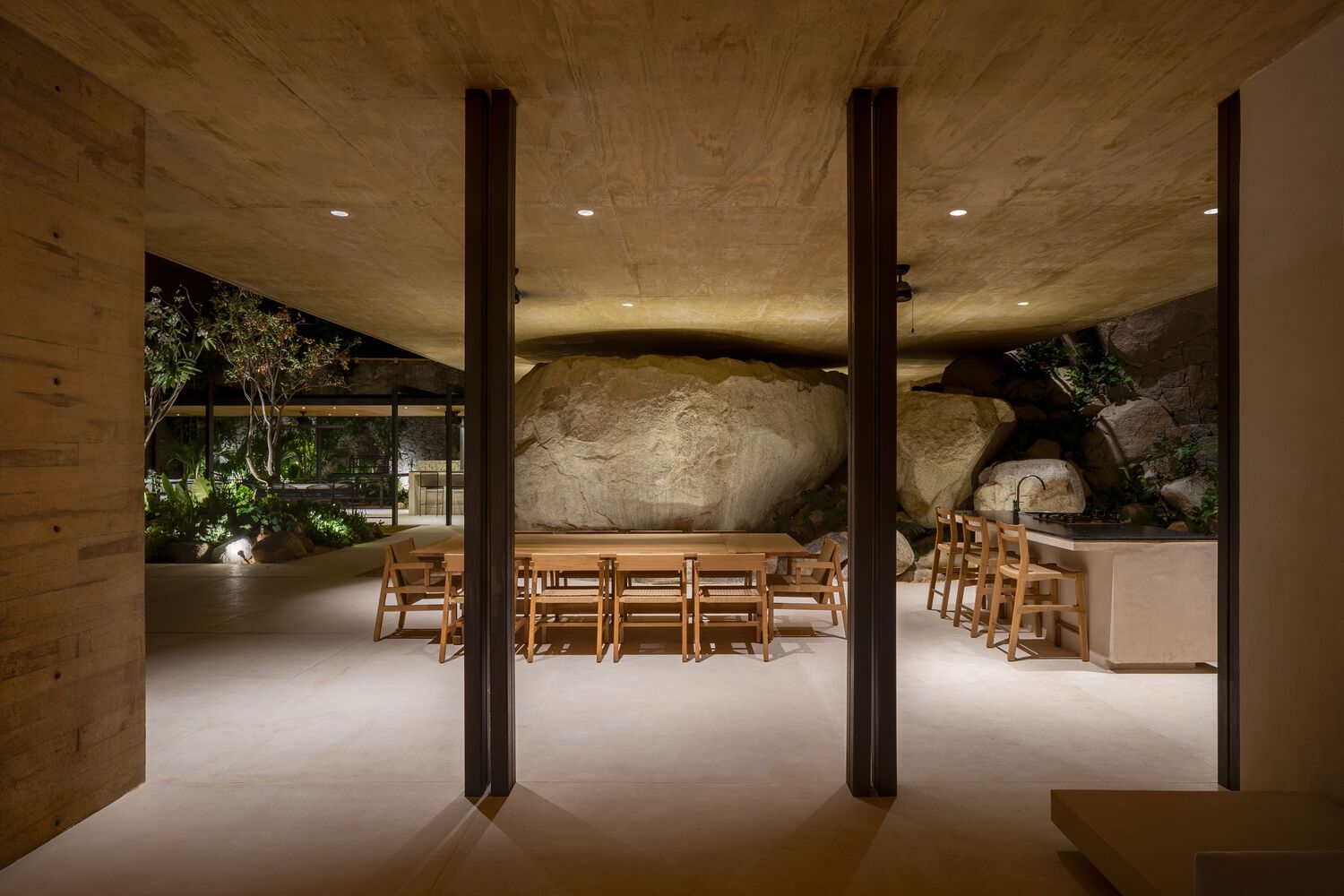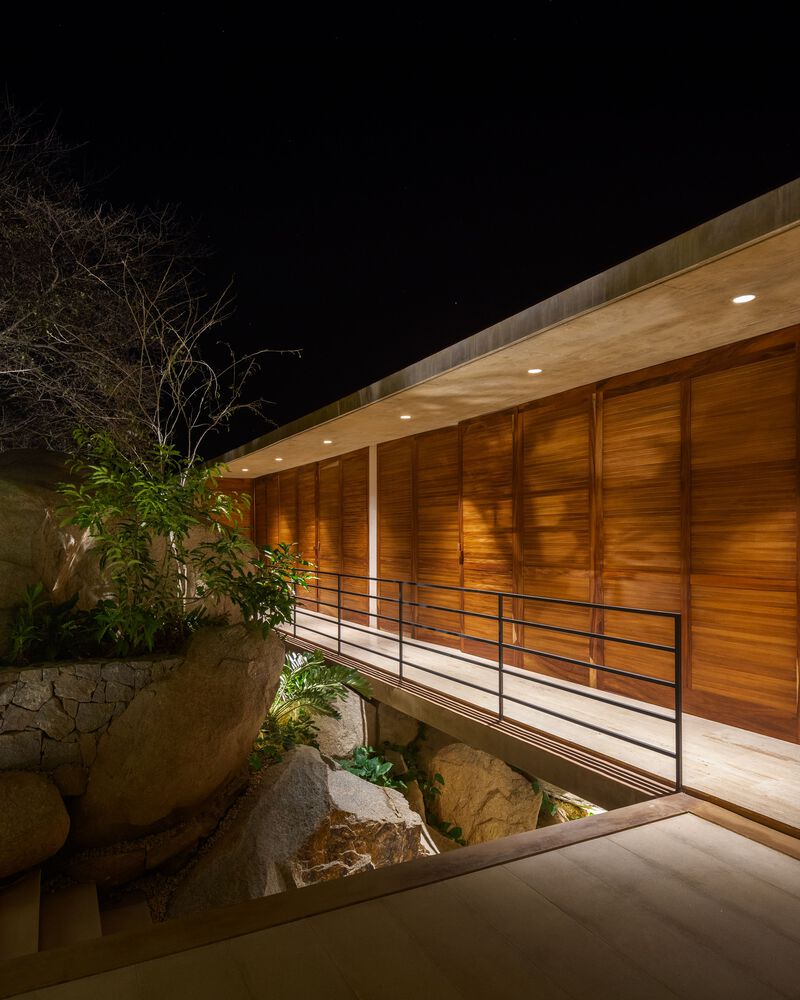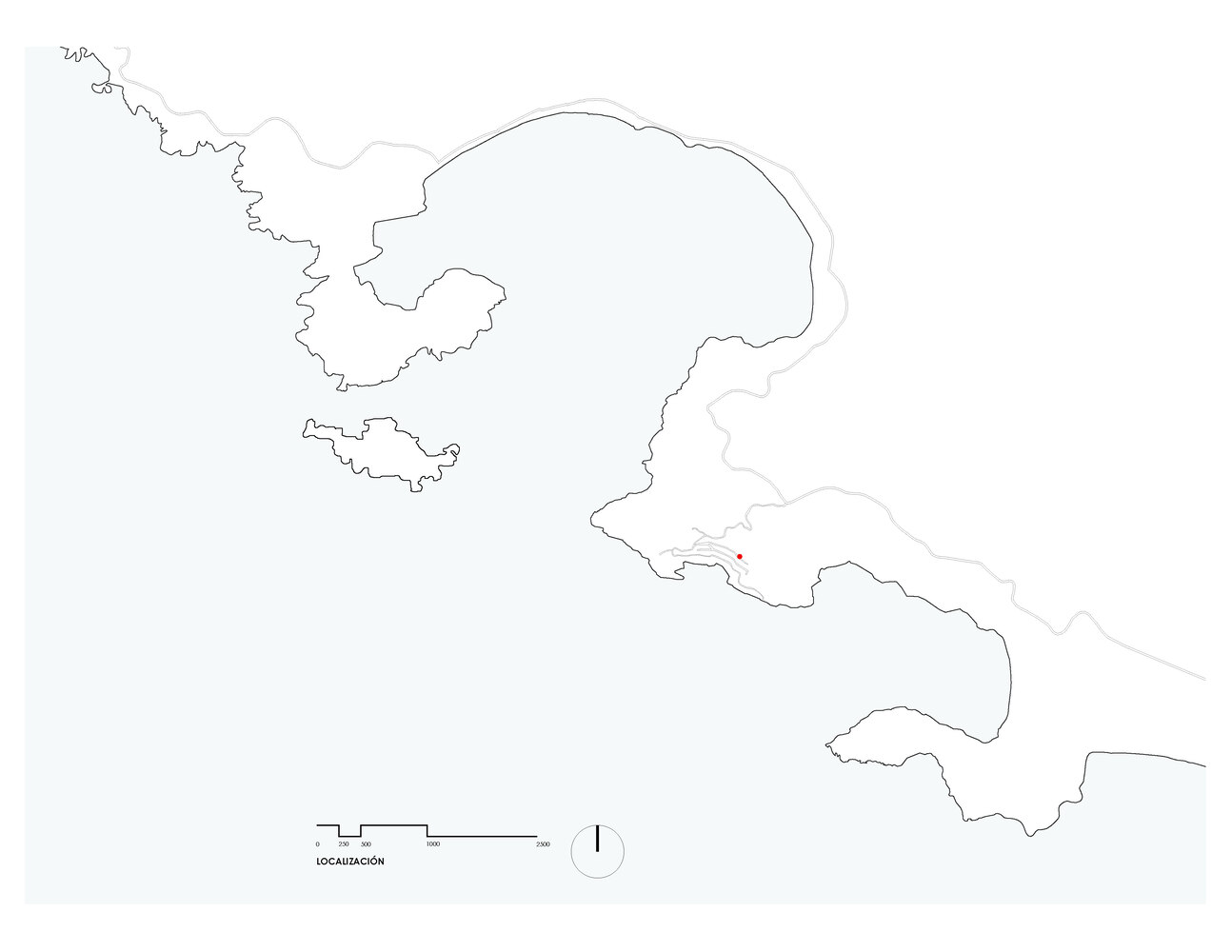
©Taller Gabriela Carrillo, Rafael Gamo

©Taller Gabriela Carrillo, Rafael Gamo

©Taller Gabriela Carrillo, Rafael Gamo

©Taller Gabriela Carrillo, Rafael Gamo

©Taller Gabriela Carrillo, Rafael Gamo

©Taller Gabriela Carrillo, Rafael Gamo

©Taller Gabriela Carrillo, Rafael Gamo

©Taller Gabriela Carrillo, Rafael Gamo

©Taller Gabriela Carrillo, Rafael Gamo

©Taller Gabriela Carrillo, Rafael Gamo

©Taller Gabriela Carrillo, Rafael Gamo

©Taller Gabriela Carrillo, Rafael Gamo

©Taller Gabriela Carrillo, Rafael Gamo

©Taller Gabriela Carrillo, Rafael Gamo

©Taller Gabriela Carrillo, Rafael Gamo

©Taller Gabriela Carrillo, Rafael Gamo

©Taller Gabriela Carrillo, Rafael Gamo

©Taller Gabriela Carrillo, Rafael Gamo

©Taller Gabriela Carrillo

©Taller Gabriela Carrillo

©Taller Gabriela Carrillo

©Taller Gabriela Carrillo

©Taller Gabriela Carrillo

©Taller Gabriela Carrillo

©Taller Gabriela Carrillo

©Taller Gabriela Carrillo

©Taller Gabriela Carrillo
Project: Houses, Sustainability
Location: Acapulco De Juárez, Mexico
Architects: Taller Gabriela Carrillo
Area: 700 m²
Year: 2020
Photographs: Rafael Gamo
Casa Piedra is located in Brisas Marqués, a residential subdivision in one of the peninsulas that surround the traditional Bay of Acapulco in the state of Guerrero. The essential characteristic of this setting is that it is located in a deposit of granite rocks of great antiquity that define the type of soil of the bay. On a 1,000-square-meter plot of land, located 100 meters above sea level and 300 meters from the sea limit, the almost regular property, full of restrictions, presented a couple of important challenges to solve.
In the first place, we had to preserve as much as possible the rocky spirit, an immense sea of stones, mainly two enormous pieces more than two meters in diameter in the center of the terrain. The second challenge was to dilute the scale of the house in the topography with more than 17 meters of difference in level from the lowest point; looking for the balance point where the sea peeked out, the wind flowed and the existing rock in the heart of the project would slide under the porch-house to disappear the limits between the natural terrain and human interventions.
An intervention that was capable of changing the scale, of solving a simple scheme where the "square" unfolds from the stone ground and a simple bay of a porch, houses at its highest level the four rooms of the intimate program to almost settle on the central stone, and then fit into the topography.
Reduce architecture to a minimum to find the spatial construction of spaces in the settings and the infinite horizons of the pool, the sea, and the jungle. A house that does not have a front or a back, but instead opens onto various landscapes with the same hierarchy; finding in the different levels the opportunity to house the service areas, cisterns, warehouses, and a small independent department; creating terraces and rest spaces with varying opportunities for views and sunlight in close dialogue with nature, the rocks, the trees, and the landscape. The staircase is an axis that runs through all levels, from the parking lot to the bedroom floor, in a straight line, sometimes contained between walls and others in tension with the rock and the spaces.
The structural system of the portico covers, just a few centimeters apart from the central stone, a clearing over 12 meters long with two solid slabs 20 centimeters thick that reach fine 3x6-inch posts that open again to observe the stone, without beams or intermediate columns. This action is possible thanks to the vierendeel beam work done by the last two slabs and the dividing walls of the rooms, which at the same time allow the south and north facades to be completely freed of any load-bearing element; thus seeking the crosswind in all spaces to avoid the use of artificial systems, as well as promoting natural light and ventilation of any service.
The use of a single material, colored concrete, a product of the mixture of cement and local sand with different strategies in its final finishes to become almost wood in walls with a clear plastered finish and washed and non-slip floors, with low light reflection but also with Low thermal absorption to be able to walk without shoes. The wood from the formwork was reused to make lambrines and light structures, as well as the stone produced by the same excavations to define terraces and retaining walls. Intelligent systems of solar panels for the pool, photovoltaics for electricity, and water treatment systems make the house practically autonomous from the local infrastructure.
In essence, to build a tension between the waves of stones and the orthogonal lines of what is built, and another between the interior limits and the horizon of the landscapes.
Source: Taller Gabriela Carrillo
milimetdesign – Where the convergence of unique creatives

































